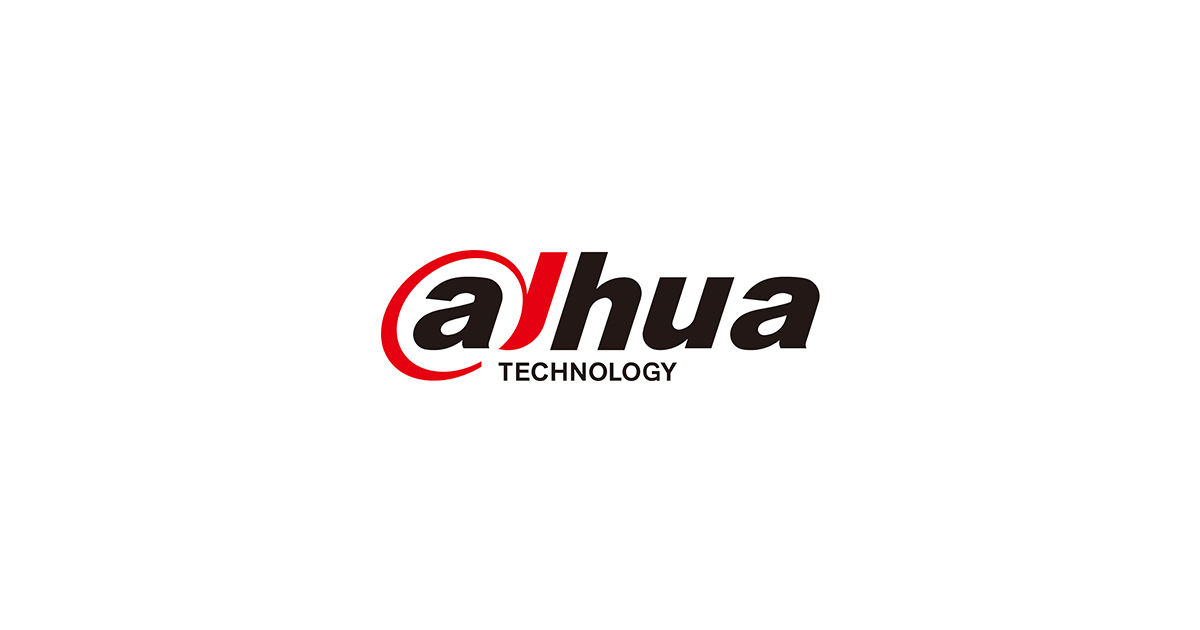My fears / questions looking at this are:
1. Higher numbers of led's hinting at reliance on supplemental lighting rather than improved CCD performance. I personally never want to run LED's at night due to expense & the fact they potentially wear out / go dim when run continuosly. Are the new cameras going to be great in low light or great only when the LED's are lit?
2. Mention of f1.0 when using it on the 4KT's resulted in a poor depth of field. A large sensor needs a smaller aperture for dof. Has this got f1.0 over a 1/1.2 again?
3. What about 1 inch sensors seen on some phones / action cameras? Why are we not seeing these on CCTV? Surely bigger is the way forward.
4. Bit rate or high levels of processing and compression - the 4kt picture quickly falls apart when you zoom in. Yes zoom destroys a picture by reducing pixel density but only a small zoom on the 4kt results in a very soft and grainy image. This makes a farce of having 8mp when the picture can't be zoomed into detail. Will these cameras address this? I see the highest resolution is still only 4k when on phone cameras 50mp is not uncommon. Yes chasing pixels isn't good for low light. But some now manage very good low light with the high pixel count and produce pictures that can be zoomed into for detail ressonably well. eg I believe some of the phones pair the pixels and reduce resolution to 25mp for better night time gathering.
On the processing front, why so much noise even in the day? Is this fixed on the new cameras? Is it selective processing concentrating on the centre? 4kt example shot with some issues:
You can see the issues here on my 4kt shot - noise & under exposure on the subject despite it being a bright day, (BLC is active) (gain 10, shutter 4ms). The background looks like one of those impressionist painting filters from a Photoshop Style Editor, especially more to the right hinting at huge compression and artefacts. Even the cars windscreen / roof has some blur despit being only a foot or two beyond the focal point:

5.
Personally, I'd like to see Dahua concentrate on using a CCD with much better light gathering (IMX585 maybe?), declaring in the specs what CCD's / chipsets etc they're using (it's no secret as rivals can simply buy a camera and reverse engineer it to see what's used), increasing pixel count (at least on the sensor if not the output as downscaling often results in a shaprer image anyway), giving us a picture of much higher quality that can be digitally zoomed for recognition when the subject turns out to be further away than the ideal focus point. If some of this conflicts with low storage space requirements, then just give different output options in the picture settings options so businesses with high numbers of cameras but limited storage can choose compromises towards files size and those with plentiful storage can choose no compromise pictures at the expense of disk space.
On the positive side I love the 4kt's low light ability. However, it doesn't make up for the other picture issues nor reliability (I just found my backyard camera offline again for no reason. Both go offline regularly and a power cut leads to all kinds of issues even discovering the cameras nevermind getting them to restart).
We'll have to wait and see, but I won't be rushing for cheque book quite yet.
I just wish Dahua had a member of their team who monitored these forums and would work with us all to get better CCTV for everyone whether it be huge corporations or householders. We're not looking for consumer features here, just the best picture / reliability which aligns with most business needs.
I'm hoping the new cameras address these needs but not feeling that hopeful on initial impressions.
Thsi written from the 1st couple of pages of the commentary / announcement only.



